Image
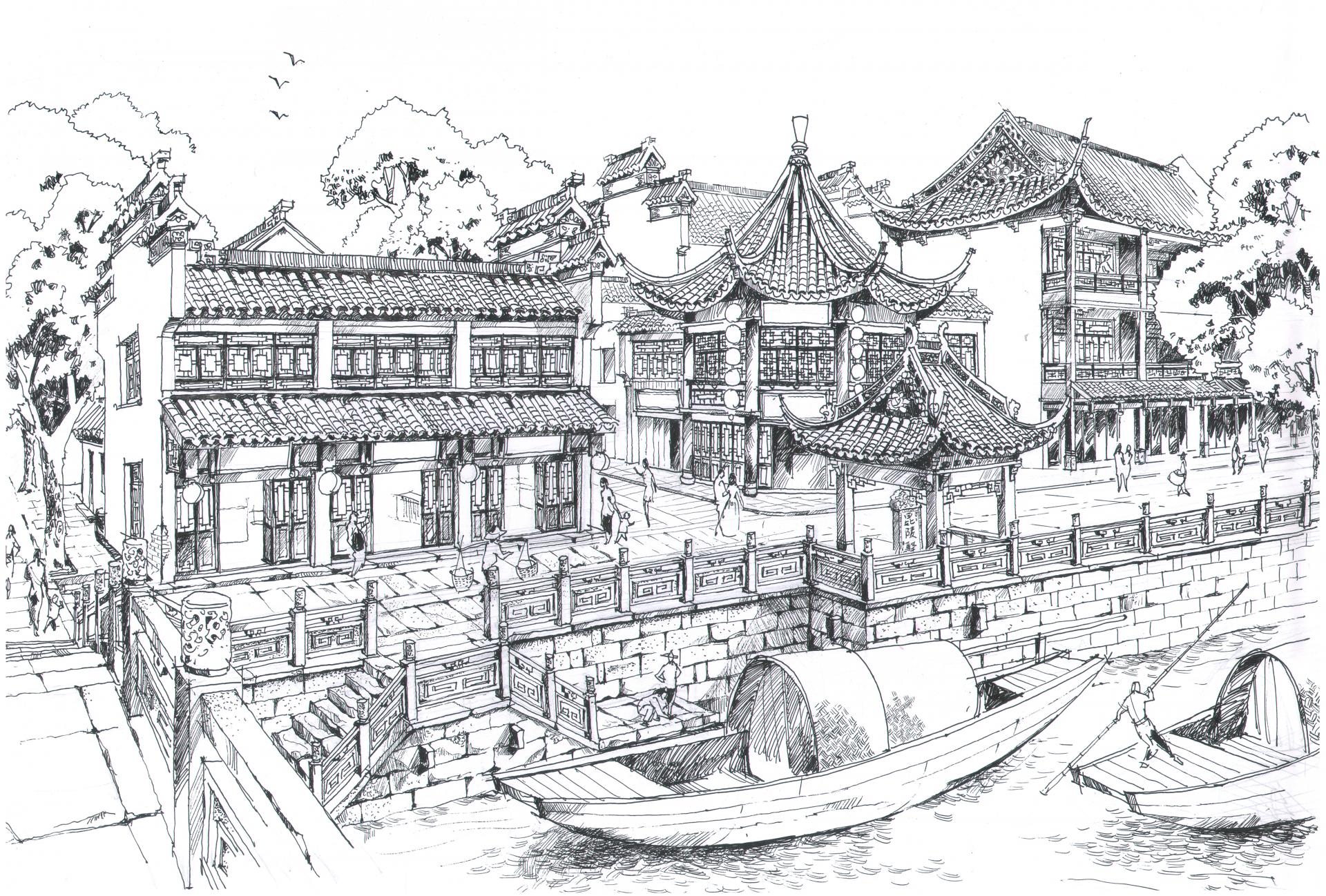
Jiaai He
Contextualize
— A curated museum for the double-sided comb
Image

Image
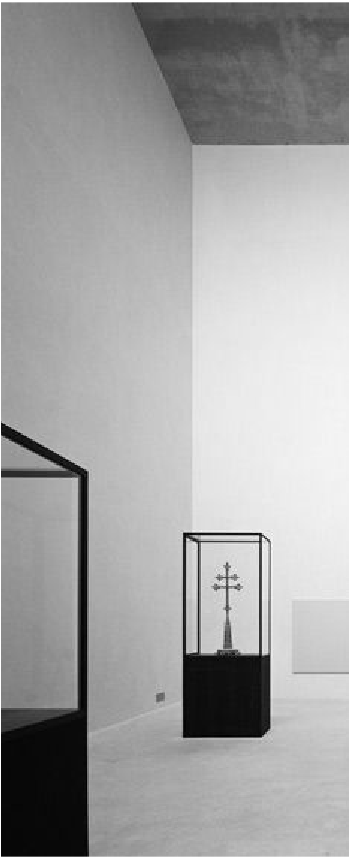
Abstract
Museums, as a continuation of the urban environment, enrich people's recreational life and also carry the mission of education. Museums protect culture outside a textbook and make history closer to people’s lives. However, the present museum has not reached an ideal state for the expression and embodiment of cultural objects.
Time and history shape objects, and the objects inside a museum record and memorialize the period of their creation. Stories and contest behind cultural objects’ creation are integral to knowledge and understanding. What do we remember after a museum visit? Displaying the full range of historical content to the audience pays respect to the cultural object and to the culture. The task of museums is to communicate and generate an intimate connection of information to the public in order to have the exhibition engage viewers in new conversations about the meanings of objects.
Audiences will be able to deepen their understanding of the object from different perspectives without prejudice. In view of the relationship between museums and cultural objects, my thesis questions existing display methodology and how museum could reveal complexities of history in order to bring honor to even the smallest cultural object for audiences to see the layer by layer social context behind it.
This thesis will emphasize the relationship between the audiences and the displayed object, allowing people to pause for a moment in front of the object to experience it within historical context. To balance the value of the cultural object and the stories behind it, the exhibition will work on the display system to connect the information with the exhibits, in this way enabling visitors to apply stories they have learned onto the object. The thesis proposes a special museum for the double-sided wooden comb from my hometown Changzhou, China, as a prototype for how to create exhibitions for regional cultural objects. Settled in a two-story building along the Grant Canal, the intervention distracts and transforms natural light, while a large string installation directs people’s attention to the combs. Creating a spatial experience for the viewing public, the strings will connect the objects with the content on the wall to present an integrated understanding of the social context hidden within the little wooden comb.
Combining with other regions and their cultural history, this mode of presentation can be extended to any region to contextualize the cultures and help people better understand the larger stories by providing people with a kind of autonomous way to explore.
What do we see in an exhibition?
What shall we remember after a museum visit?
Image
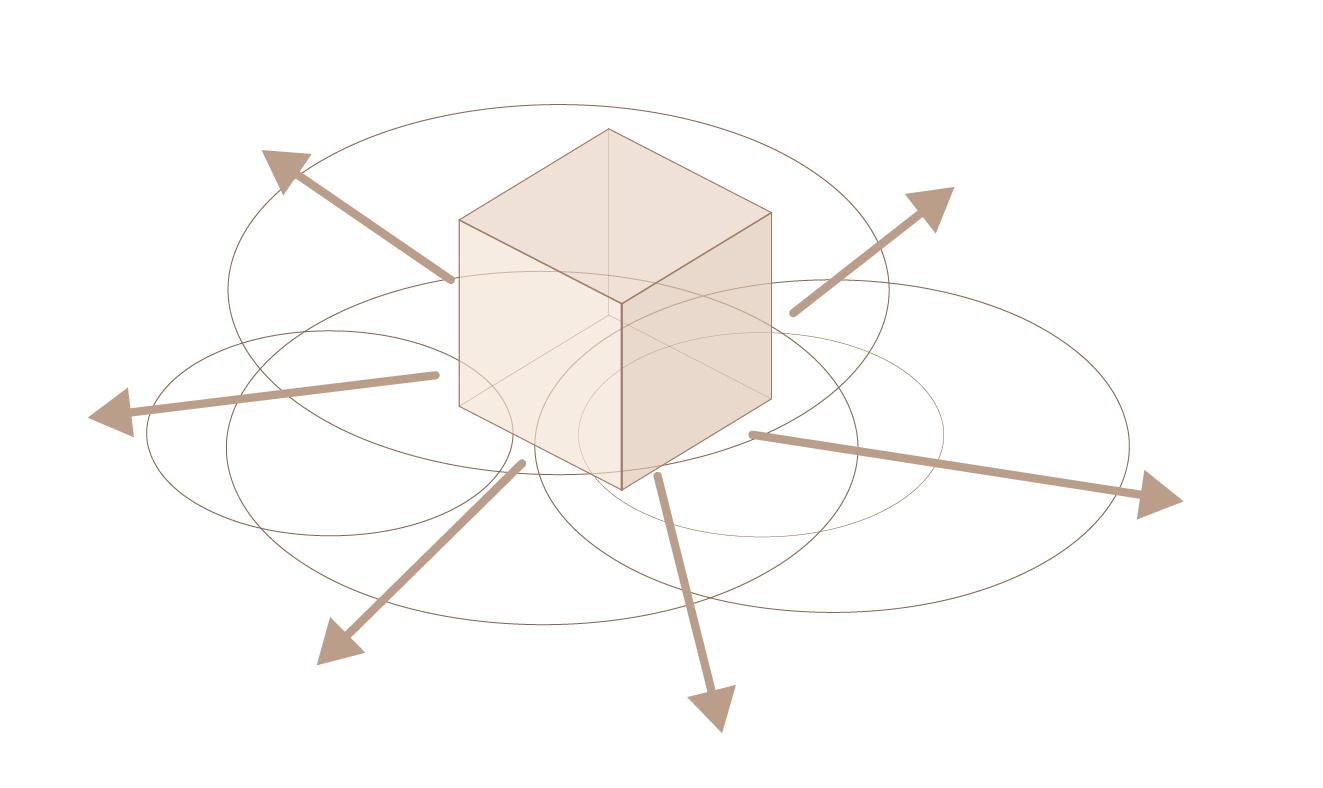
Cultural object is a carrier of context, which carries information about human life in a specific moment of the historical process and in a defined environment and socio-political condition. The deepth and knowledge behind cultural objects are often unseen. The task of museums is to communicate and show the connection of those information embeded in the object to the public in order to have visitors engaging in new conversations about the hidden biography of objects.
Image

Image
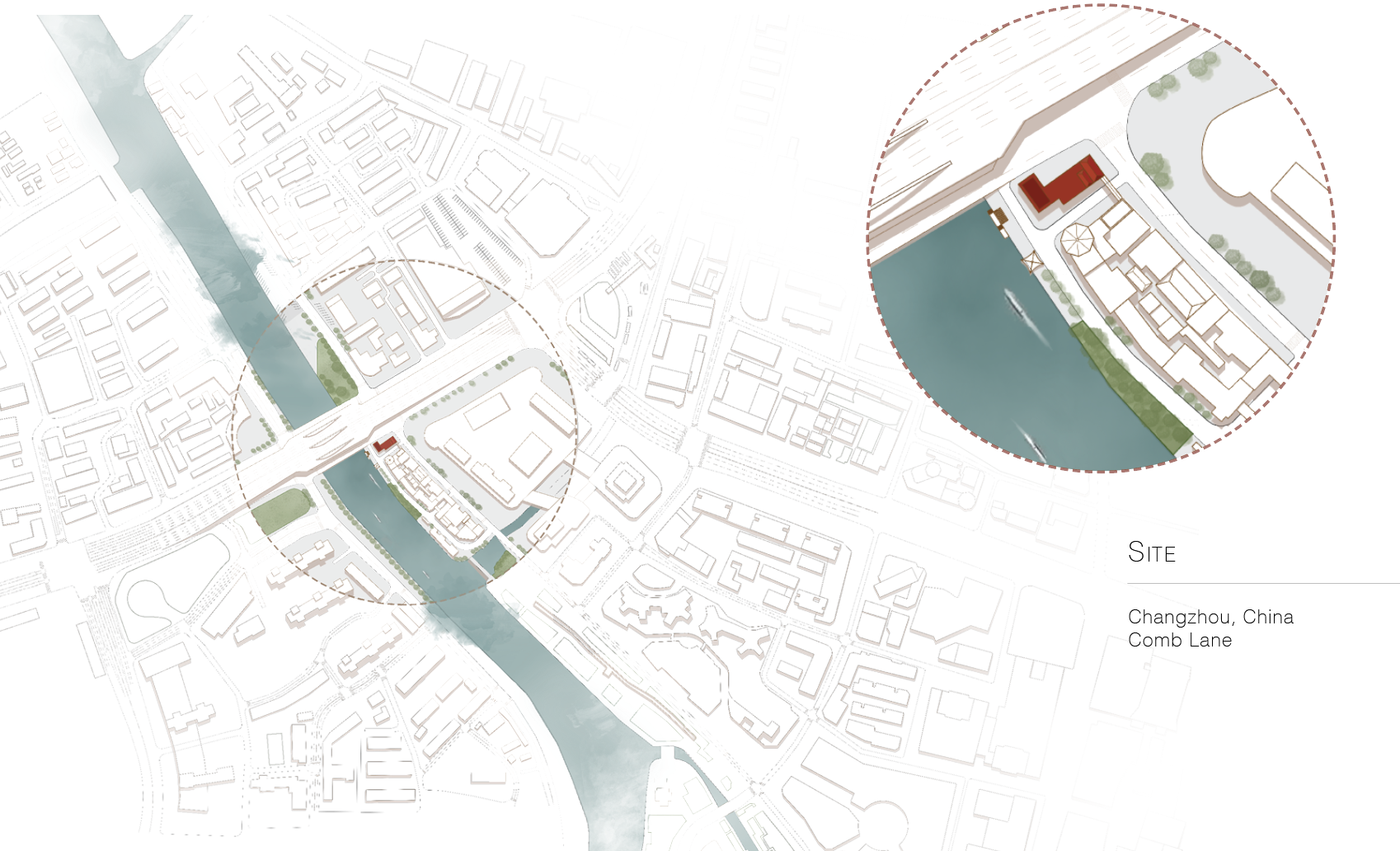
Image
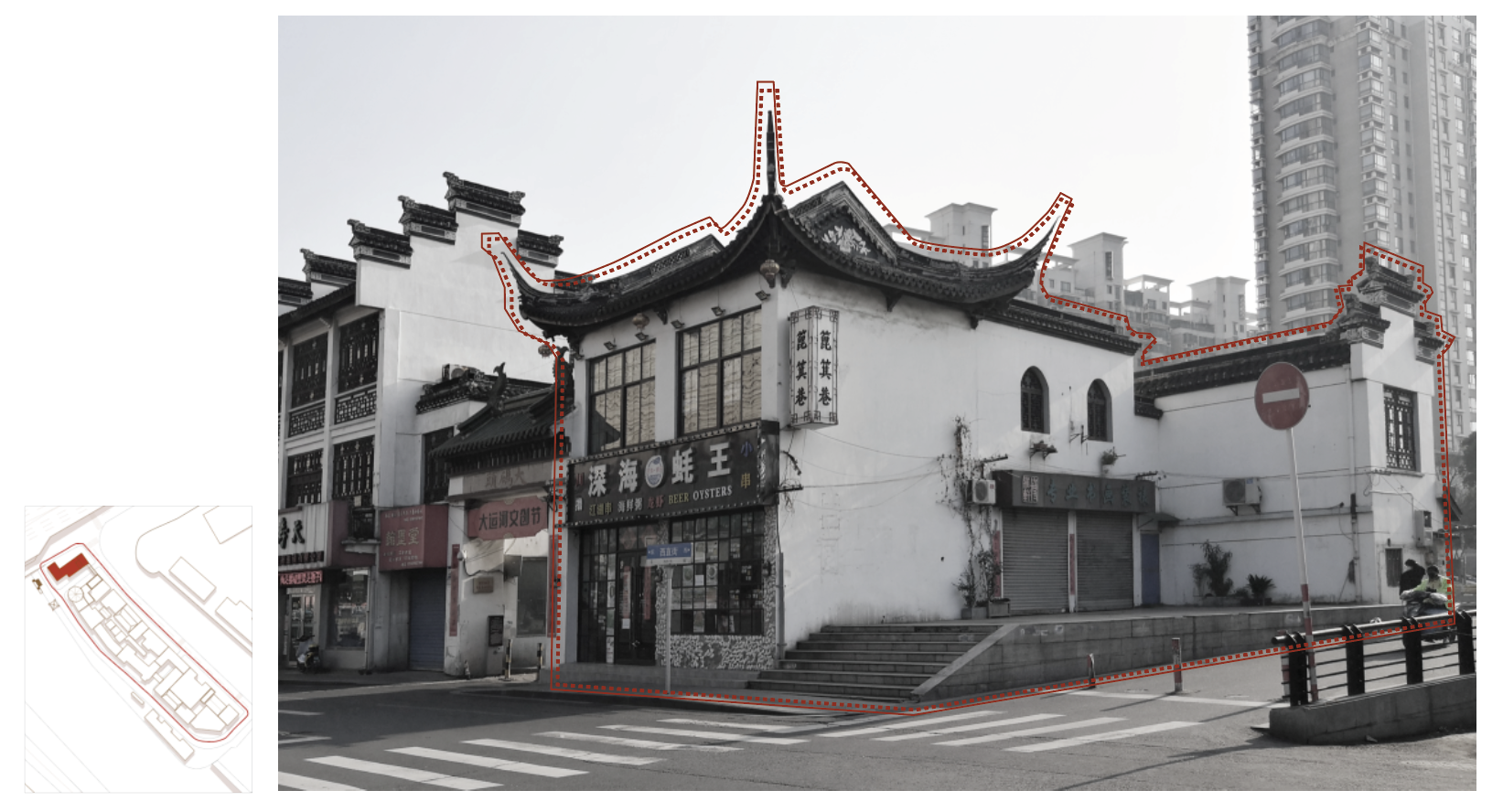
The Comb lane is located in the downtown surrounded by large modern shopping center and several residential buildings. As a memory of the city, the government has preserved the street as a viewing trail, so that the building will be able to access to large amount of people.
The entire street keeps in a historical looking with traditional roof and window elements, but it was rebuilt in 1980s with a concrete structure. The building for the museum is a two-story building at the west end of the Comb Lane, right in front of the port on the river.
Image
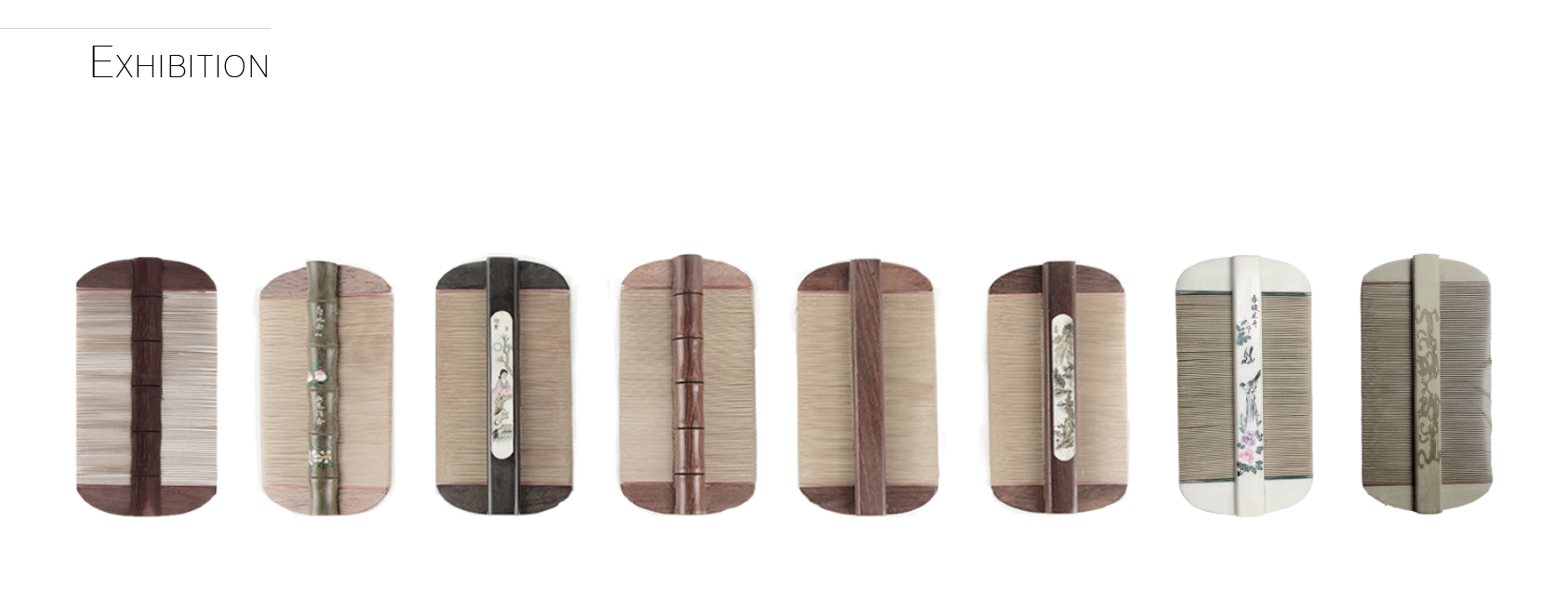
The comb is small in size but contains a long history of 1600 years. It has witnessed the changes in human life and has seen the rise and fall of the city along the vicissitudes of history. Comb as a daily object, is the trace and fragment of human life activities. It had been used by people and had been so close to human body.
Image
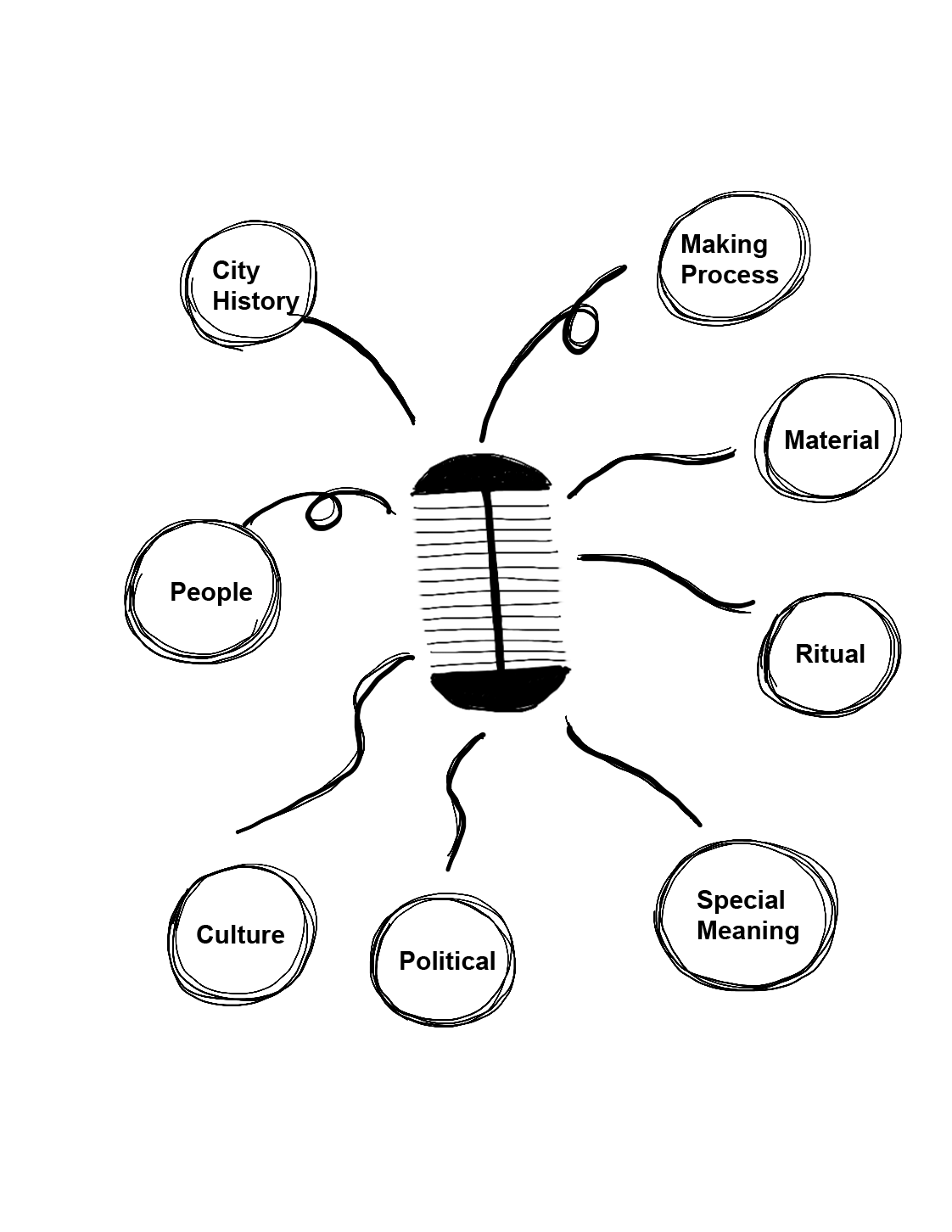
Changzhou was a post-station along the Grant Canal, during Qing dynasty, Emperor Qianlong was attracted by the exquisite craft of the comb, and since then the double-side comb became a royal contribution.
Comb played many roles in the ancient time, from which we can see the social culture at that time. Making combs is a process that has been inherit from generation to generation. In the flourishing age of combs, each family has numbers of people engaged in the comb industry. It is hard to imagine that a small little comb needs to go through seventy-two and a half steps in its production.
The exhibition is going to talk about these stories from different perspectives in the history, from the object itself of materials, making process, special meaning at the time, and then enlarge to wider story of the people making it, the city, and the political stories.
Citation
“Changzhou.” City Population, 30 July 2019, https://www.citypopulation.de/zh/china/townships/changzhou/.
Changzhou Local Editing Committee, Changzhou City Journey. Beijing: China Social Science Publication
Cruse, Jen. The Comb: Its History and Development. Robert Hale, 2007.
Liu, Peng. “The Great Canal and Old Bridges.” China Bridge, 3 Aug. 2011, www.cnbridge.cn.
“River Roads in Jiangnan.” China Highway, Highway Culture, 16 Mar. 2009, www.chinahighway.com.
Stenn, Kurt S. Hair: a Human History. Pegasus Books, 2016.
Shi, Zi. “Changzhou's Comb in Ancient Time.” Daily News, 13 Mar. 2016, https://kknews.cc/fashion/nm2232.html.
The exhibition will work will a large installation made of optical fibers to guide people’s attention to the objects and also to the content around.
The major exhibition space is on the first floor. The fibers will connect with seven pedestals within the displayed object. On the second floor there will be a multifunctional workshop and rest place. By modifying the distance and angle of the strings, people will be able to walk under the installation tour among the strings.
Image
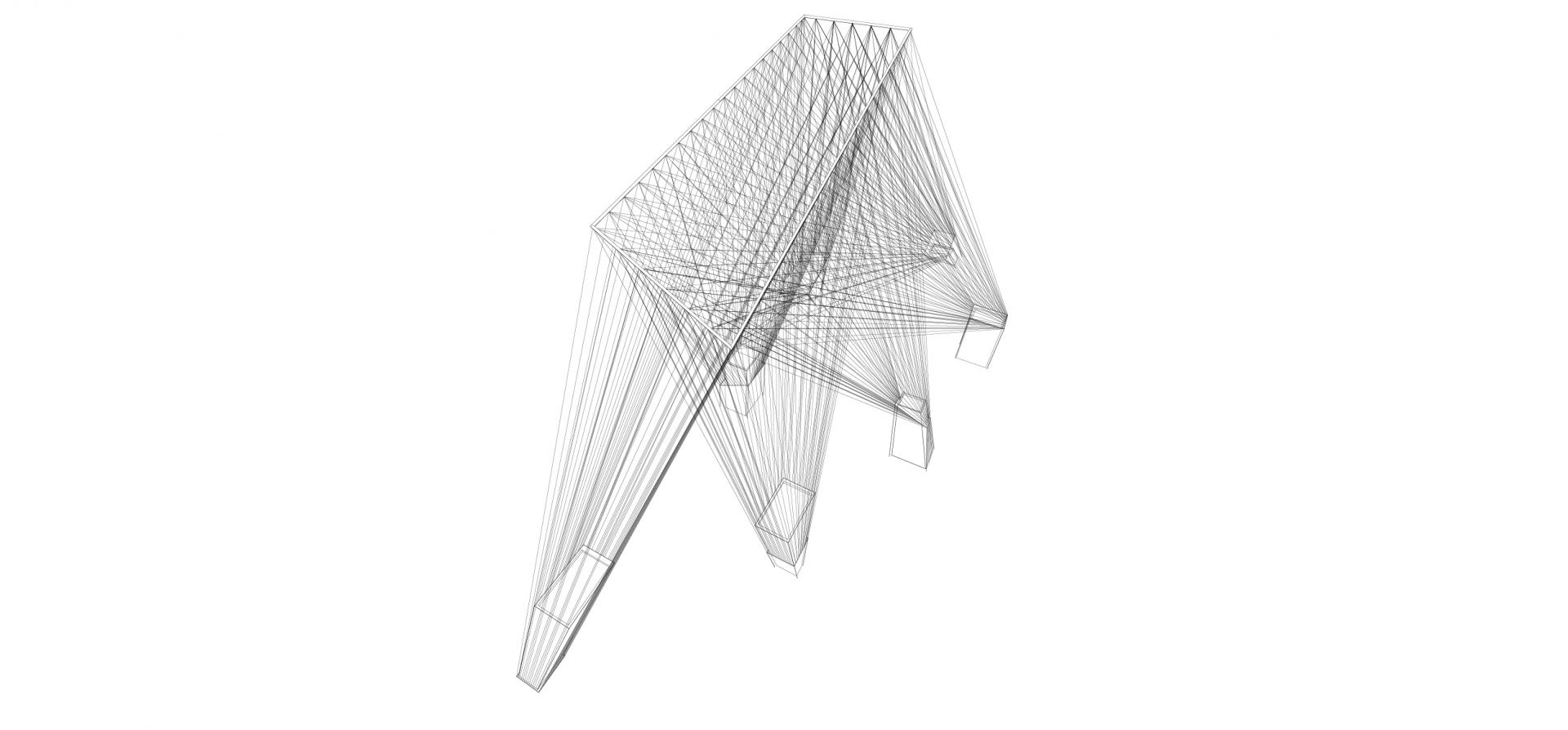
Image
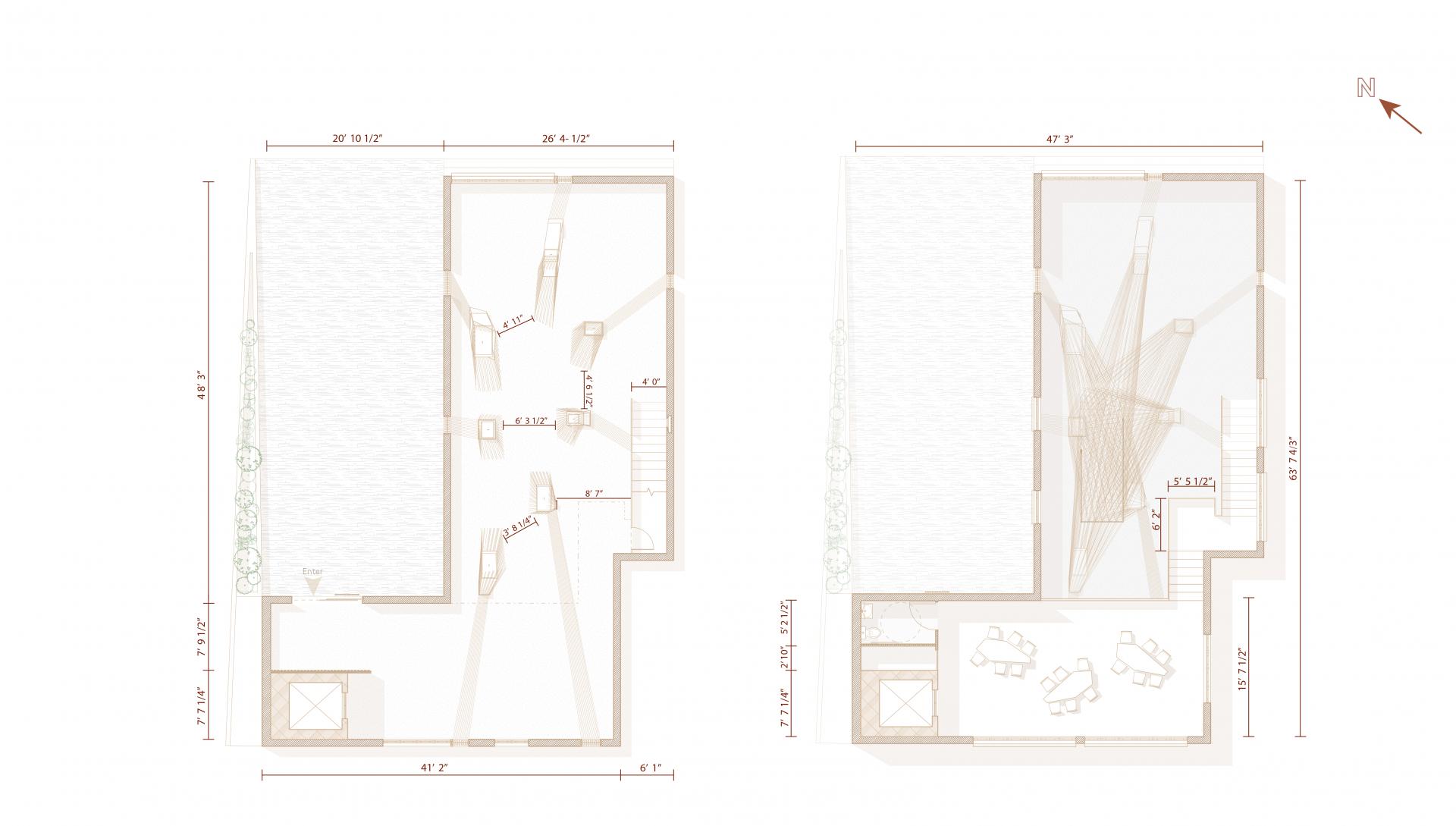
Image
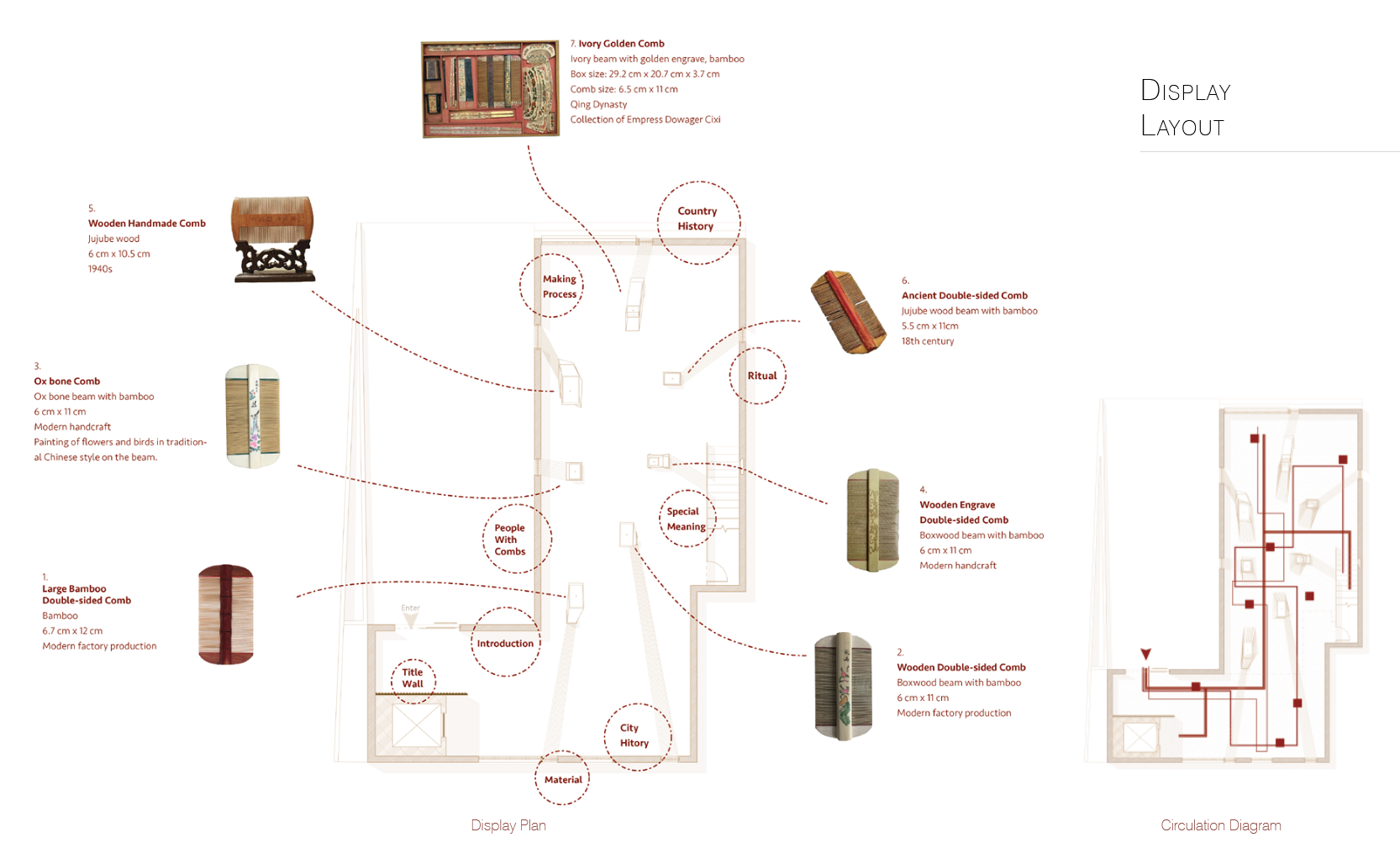
Image
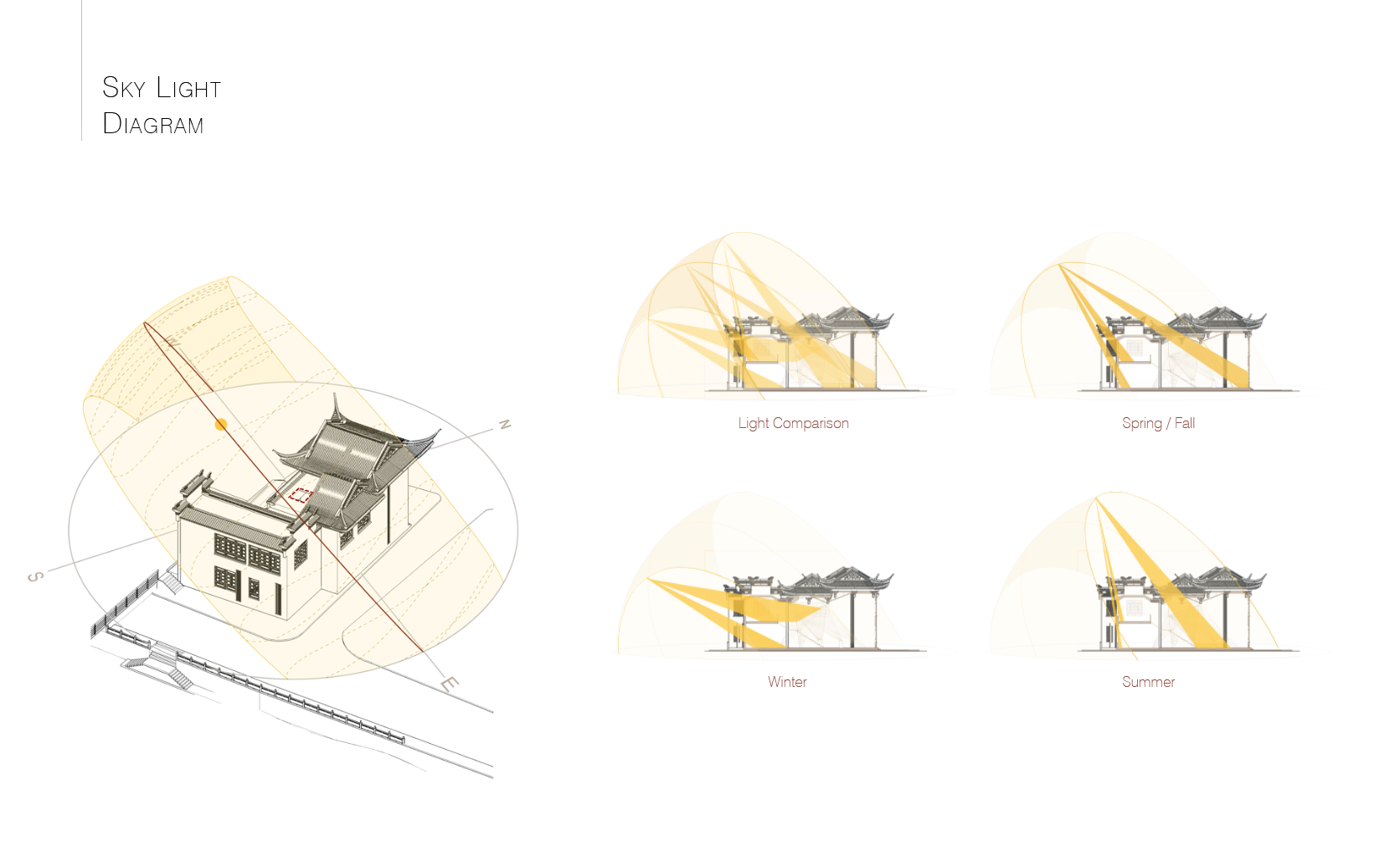
By considering the existing building structure, the roof is one of the most important elements to show the historic perspective. So the design is going to keep the deliciated roof structure. But since it need light for the interior space, the design will open a part of the flat roof top to become a light well. The window on south side will allow sunlight to come in during wintertime, the light well helps in spring and summer time.
Image
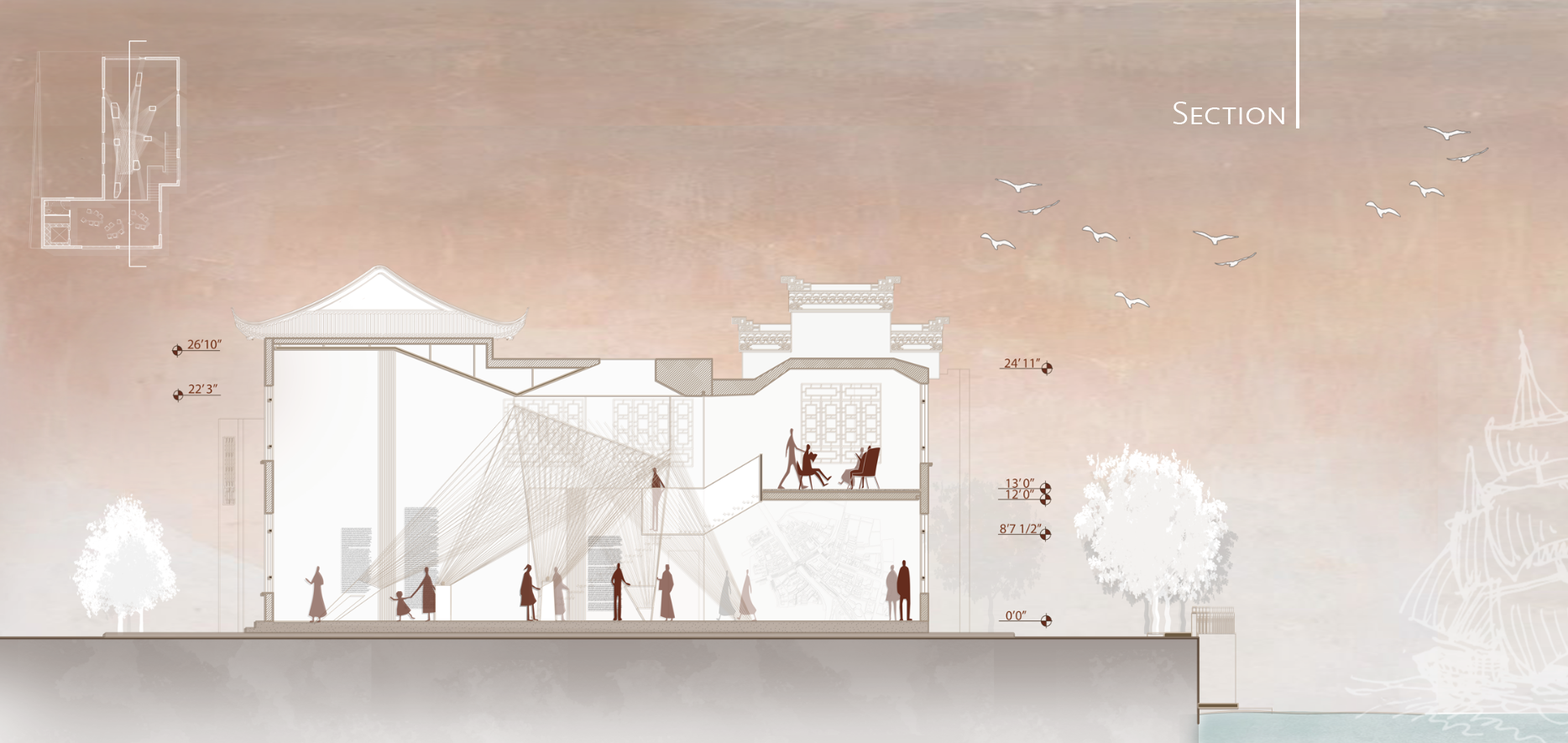
Image
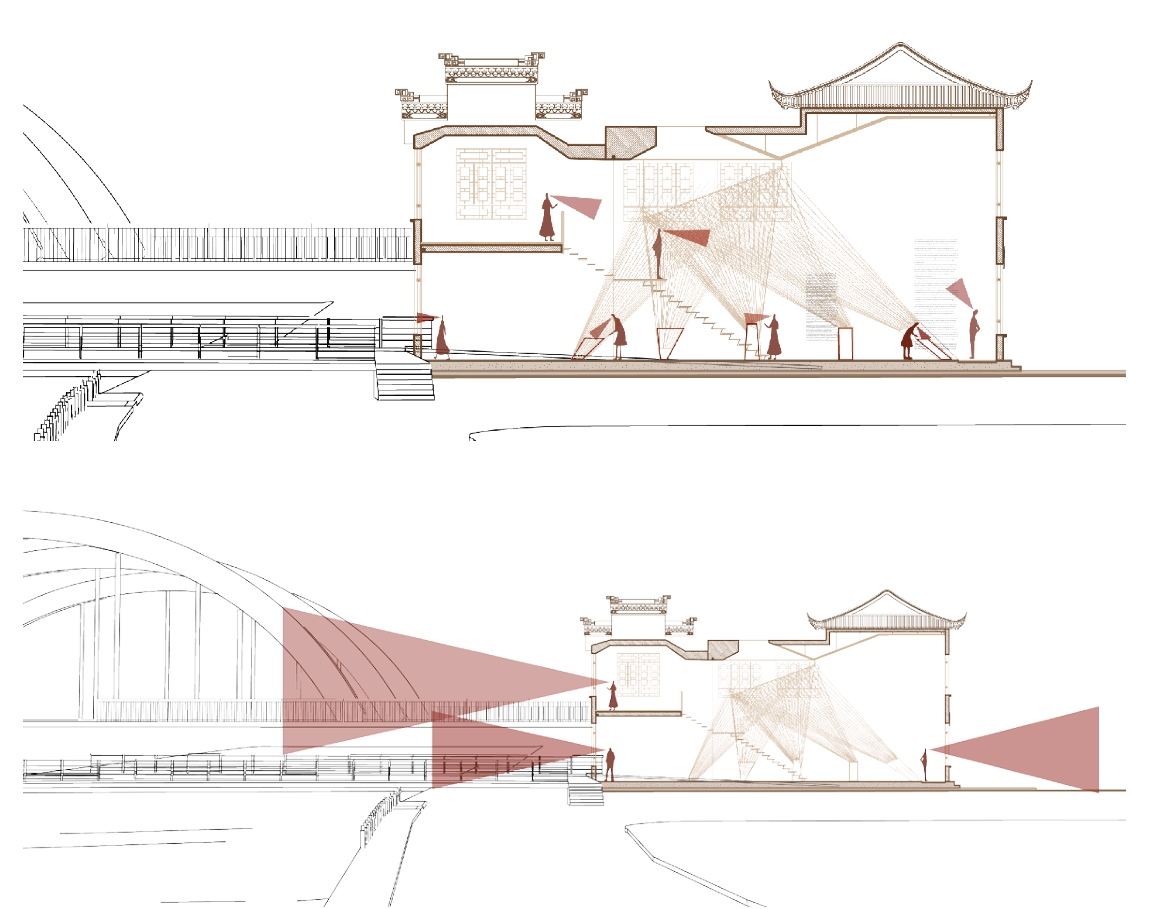
Working together with the fiber installation, the light will be able to go in the main exhibition hall and to the objects. Absorbing from one opening and then exploding to seven different directions, the strings represent the concept of how one object can be seen in distinct perspectives.
Within a free circulation for the exhibition, people will be able to walk among the strings to have an intimate experience with the displayed combs. The seven combs are from different time period made of different materials. In order to have people pause a moment in front of the object, the display system creates several spots for people to stop and see the combs carefully.
The exhibition system displays the combs at distinctive height, so that people can view the combs in different perspectives, as also, the exhibition have include the outside view, the canal and the city view, as a part of the exhibition to help explaining relationship between combs and the city. Located along the Grant Canal, where the comb was transported and brought wealth in ancient time, the museum will have the view of the canal as a scene of the exhibition. The exterior view will bring the audience a vivid experience of how the city and the comb industry changed over time.
To walk through the building, the design keeps the roof and open up a light well to introduce sun light to the interior part. The second floor will be a workshop and a utility room and an ADA accessible restroom. People will be able to experience the comb making process here, and the space can also use for some lecture or meetings. The educational space will bring the combs closer to people’s life.
The staircase located on the east side of the building. It contains a hidden storage room under and also a viewing deck for people to see the exhibition from another angle.Then is the main exhibition system from the installation to pedestals to the content on the wall. For the main entrance, the title wall at the entrance will have same vertical element with the interior space. The ADA accessible elevator will be at the back of the title wall.
Image
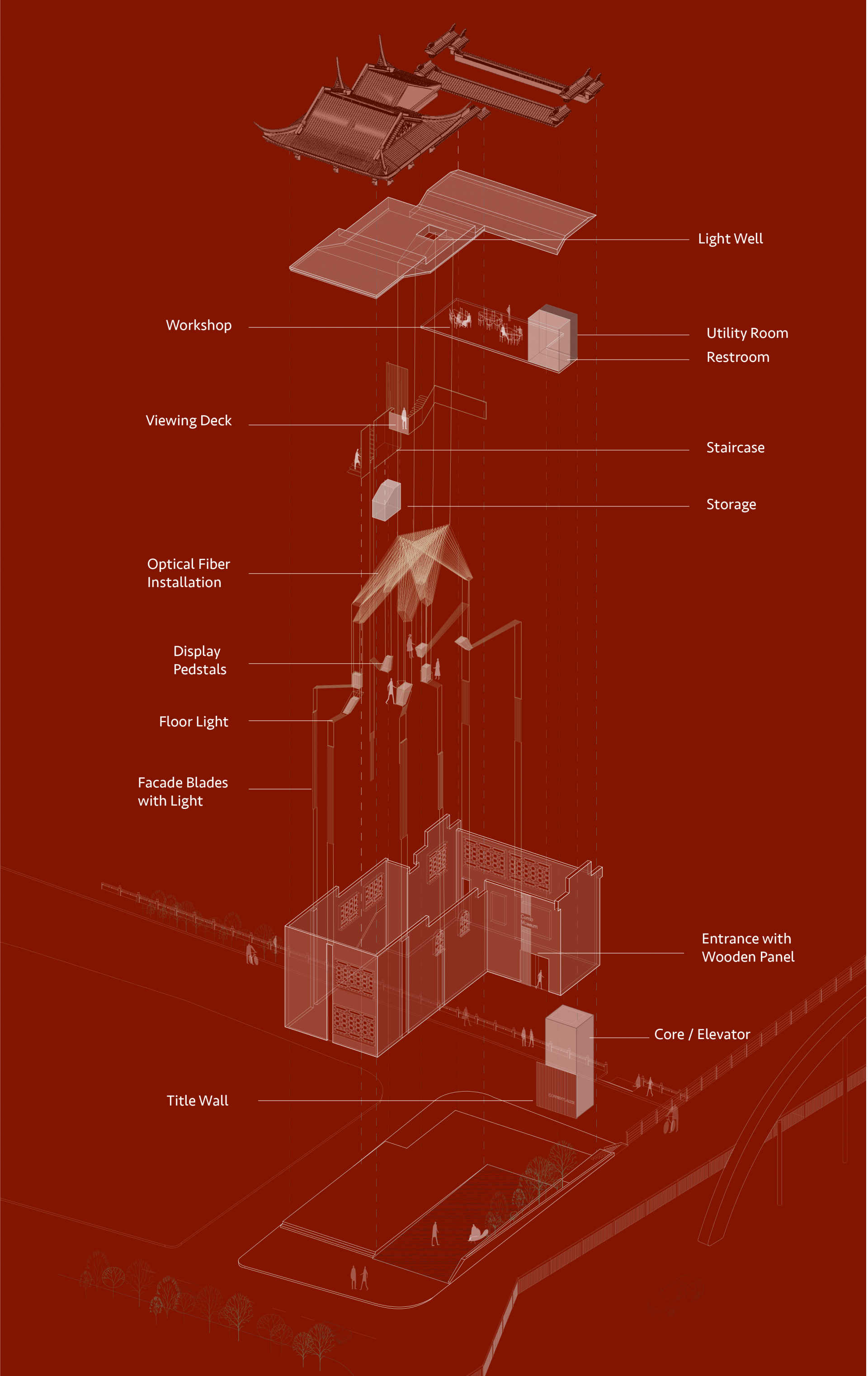
Image
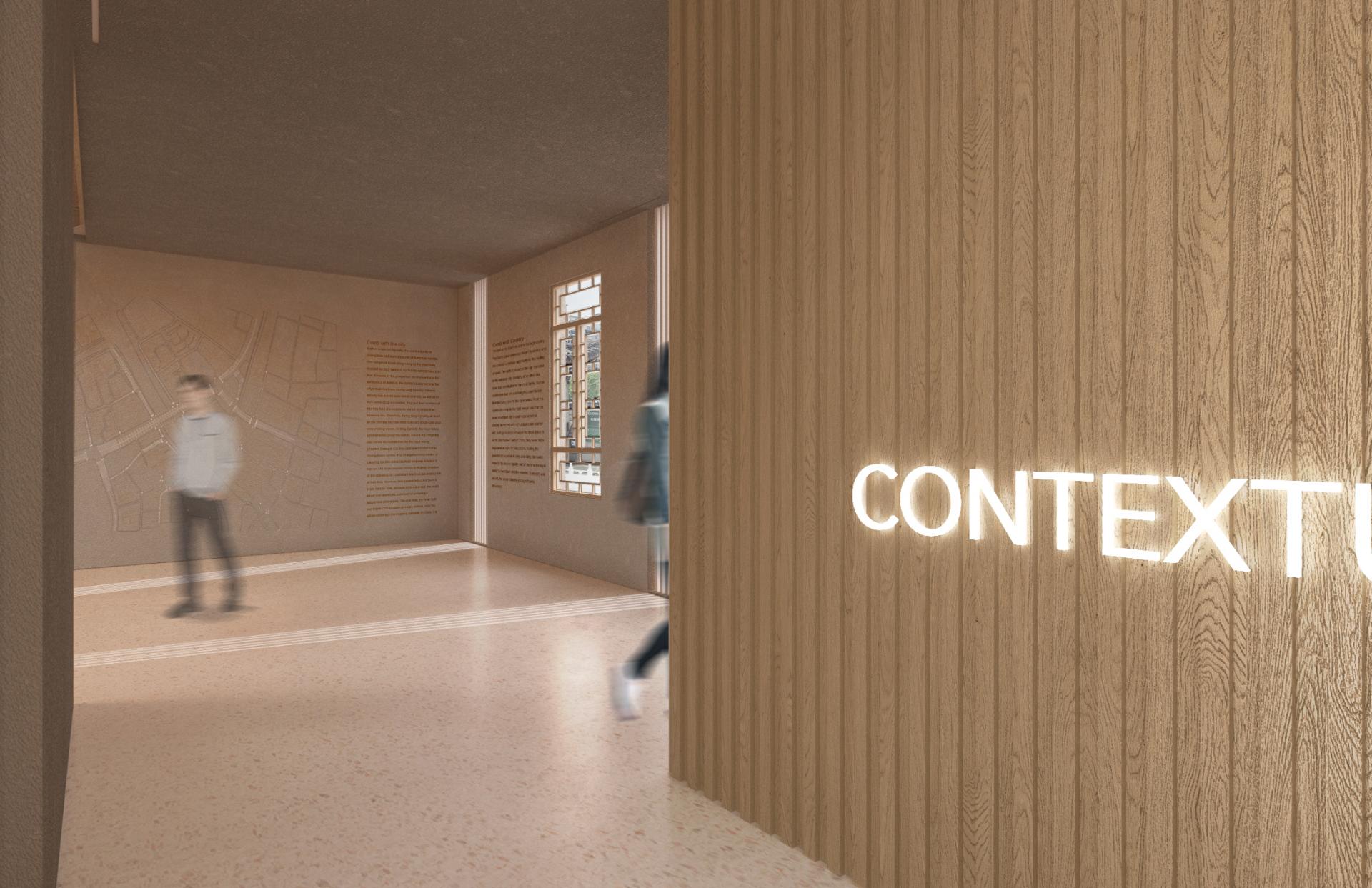
Image
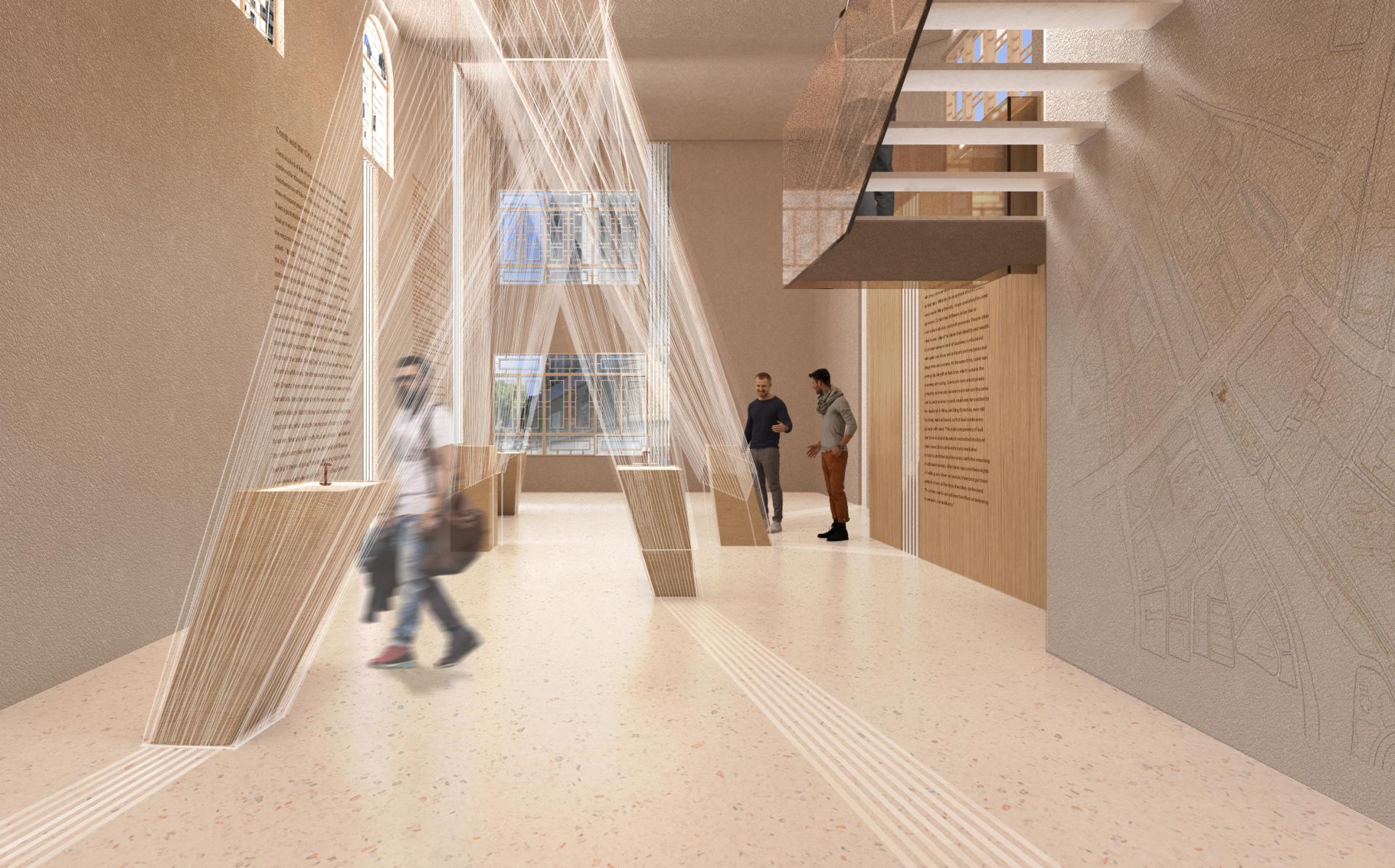
Image
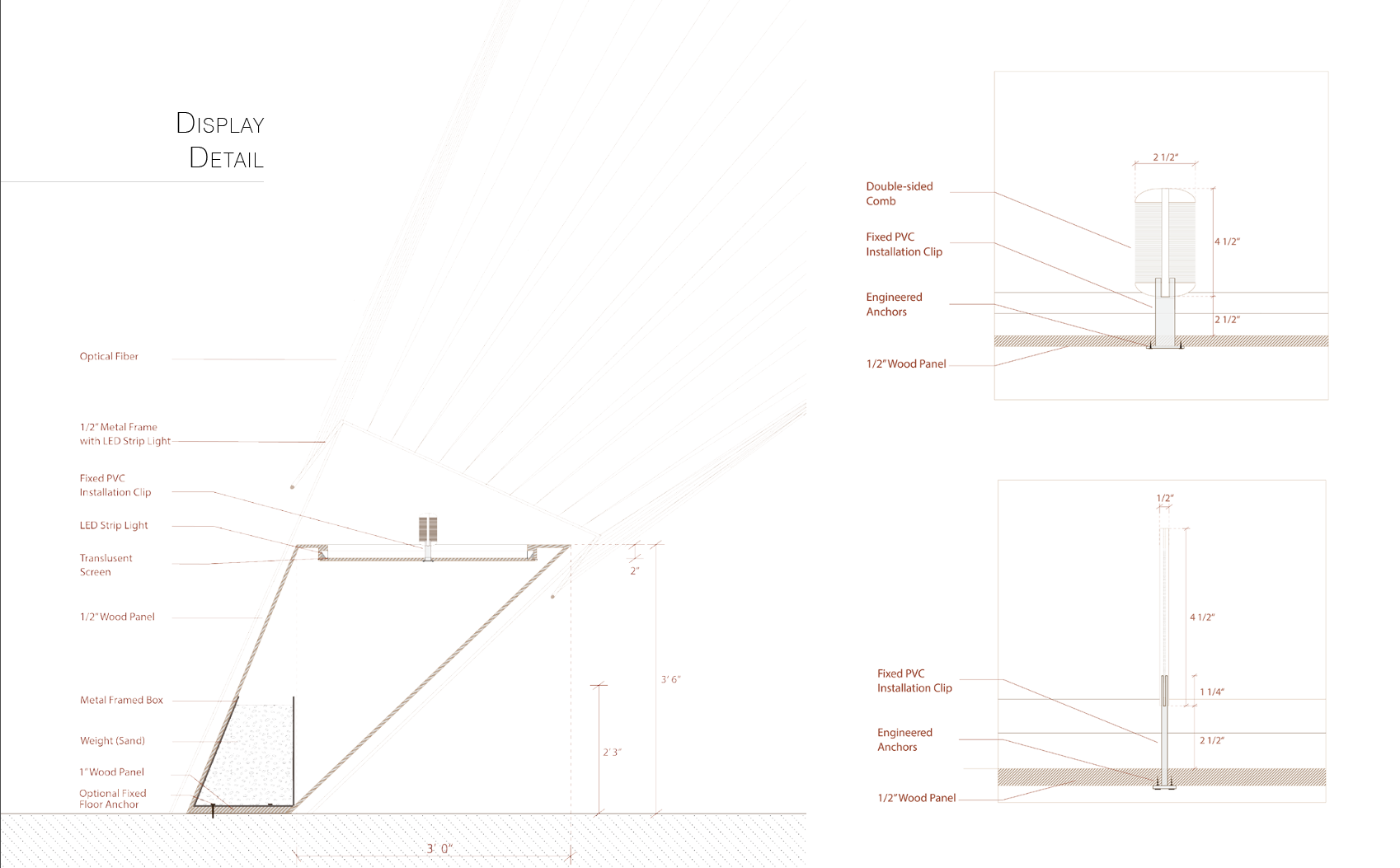
Image
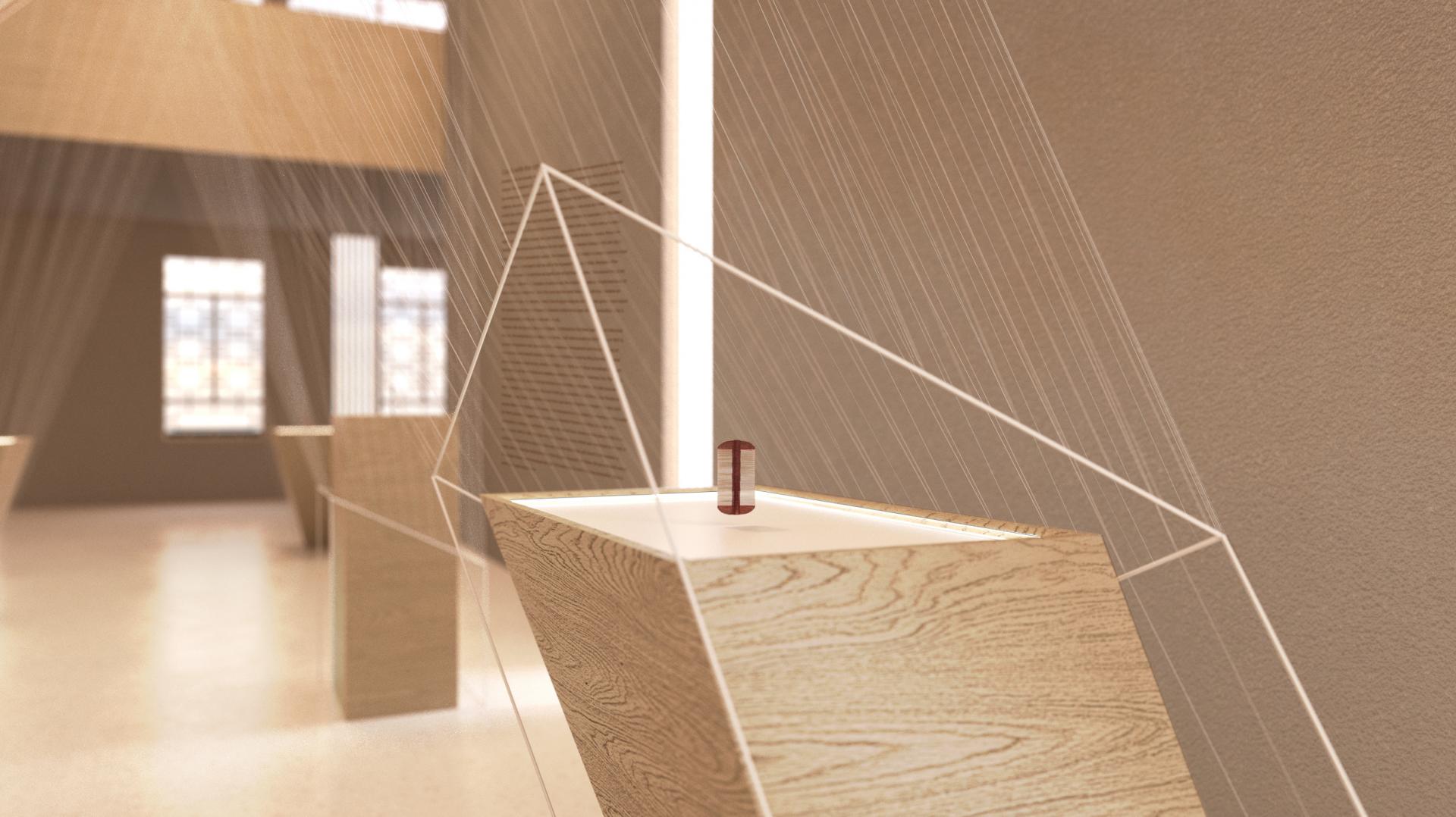
Image
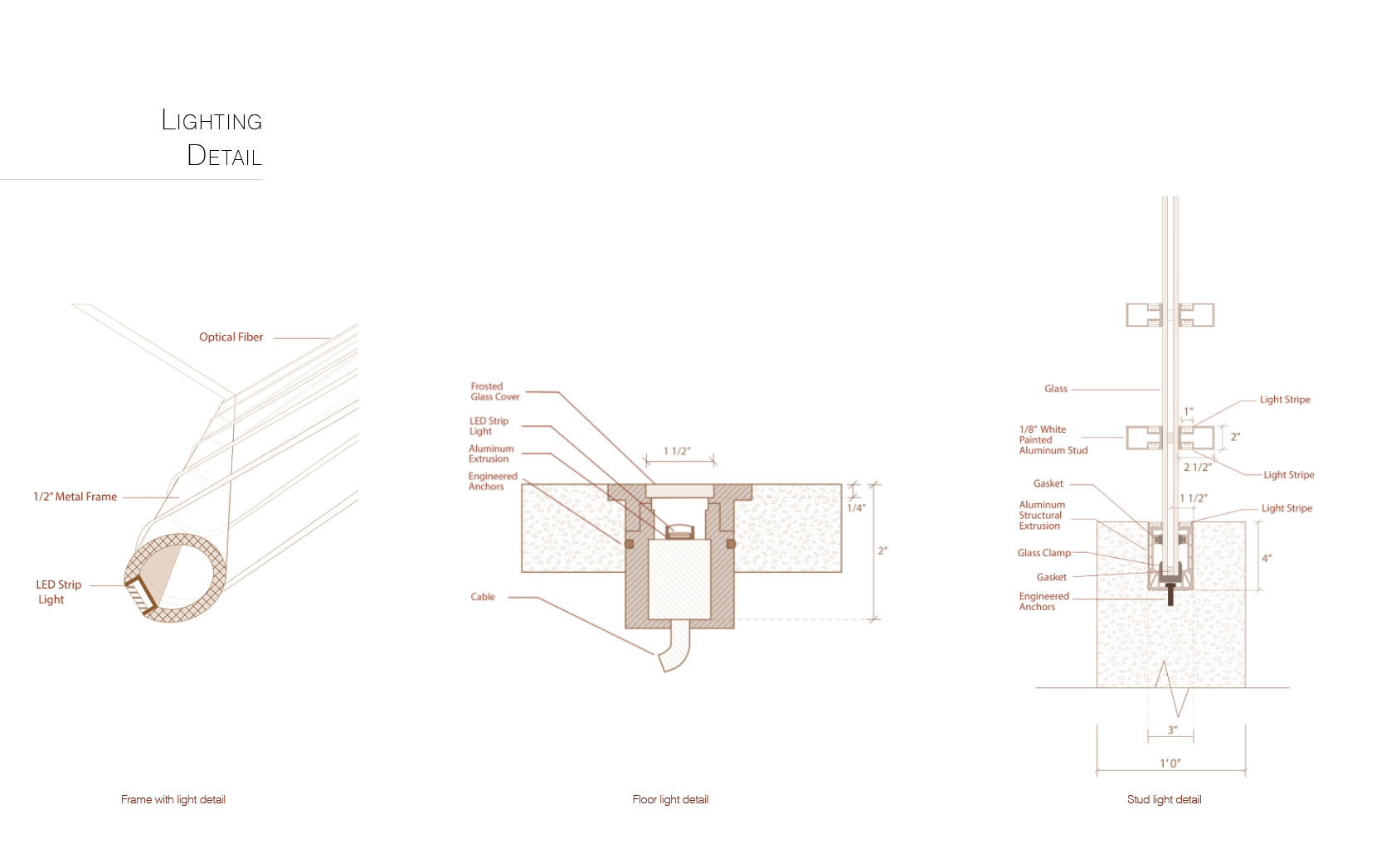
Image
The little double-sided comb is shaped and highlighted by the vivid big story behind it.
The goal of the exhibition is to create a new way to display cultural object. The new method can help people apply the information to the object and motivate people’s curiosity to discover the larger story from a small starting point.
Image

Image
